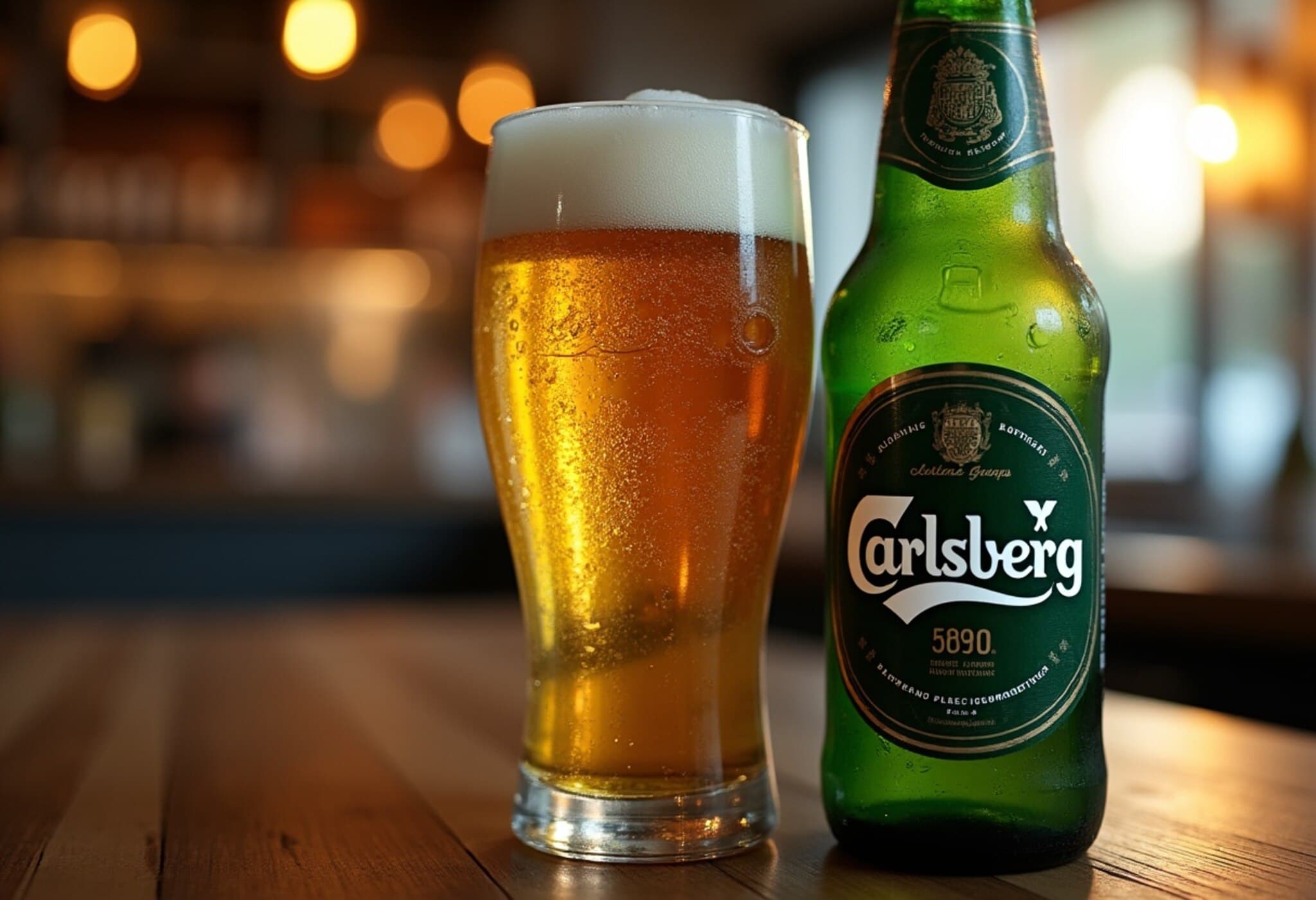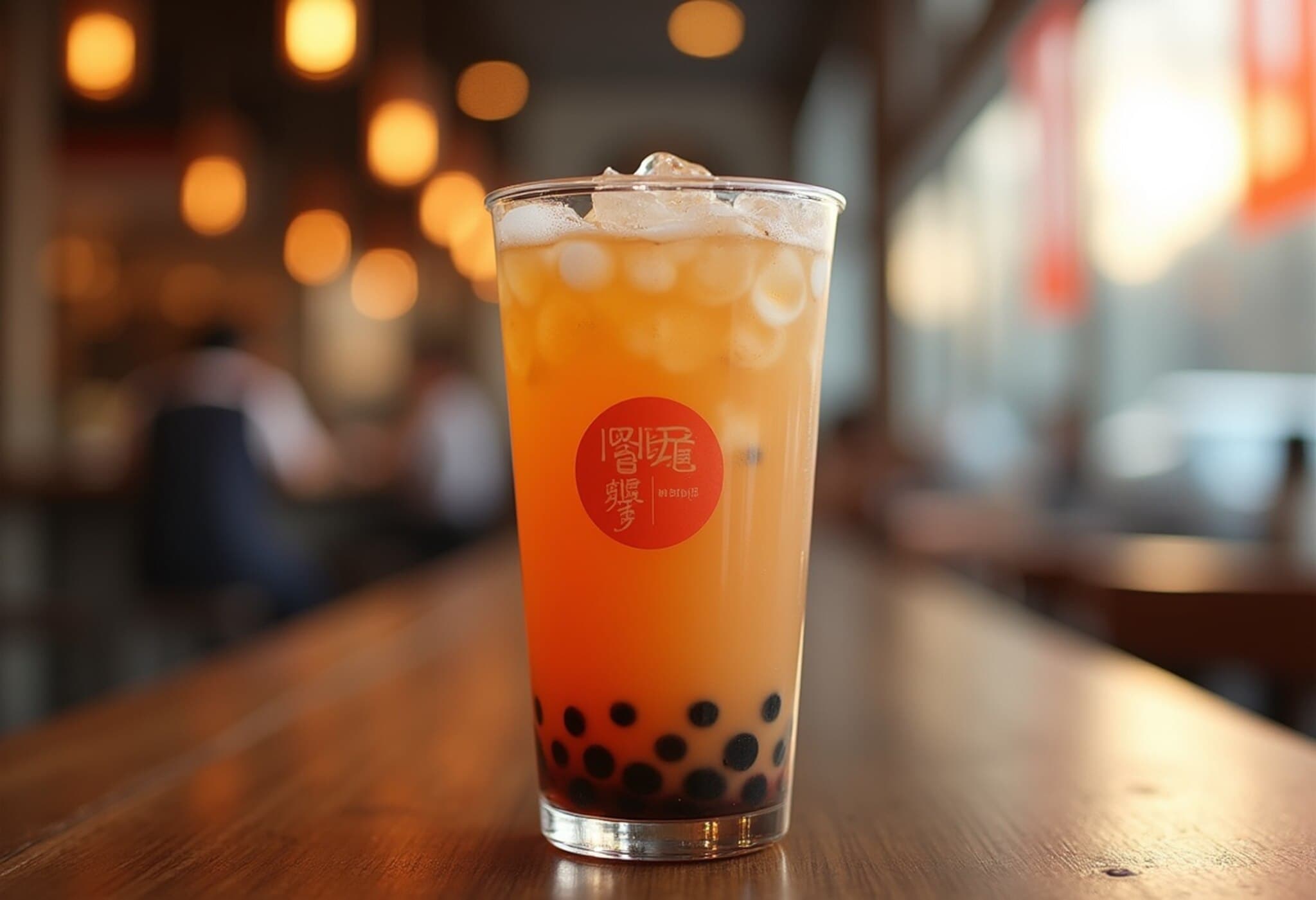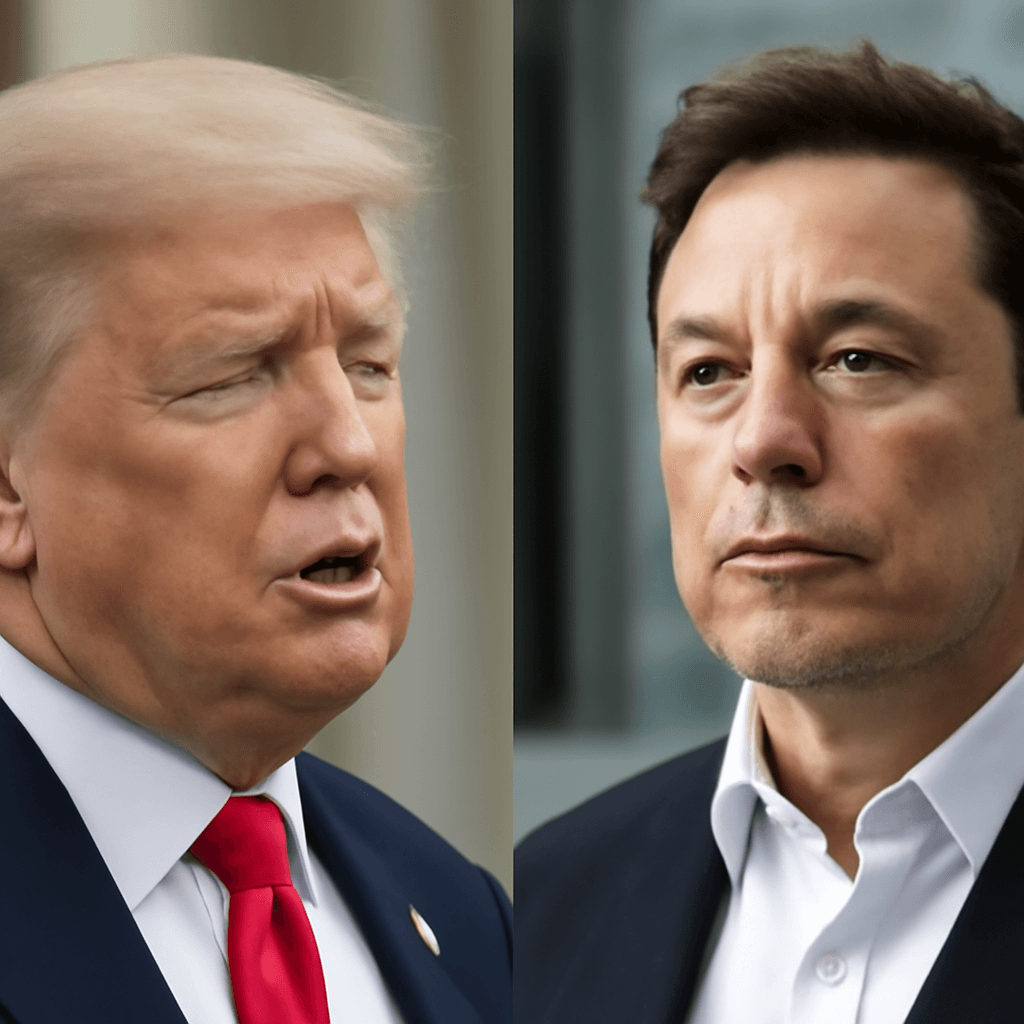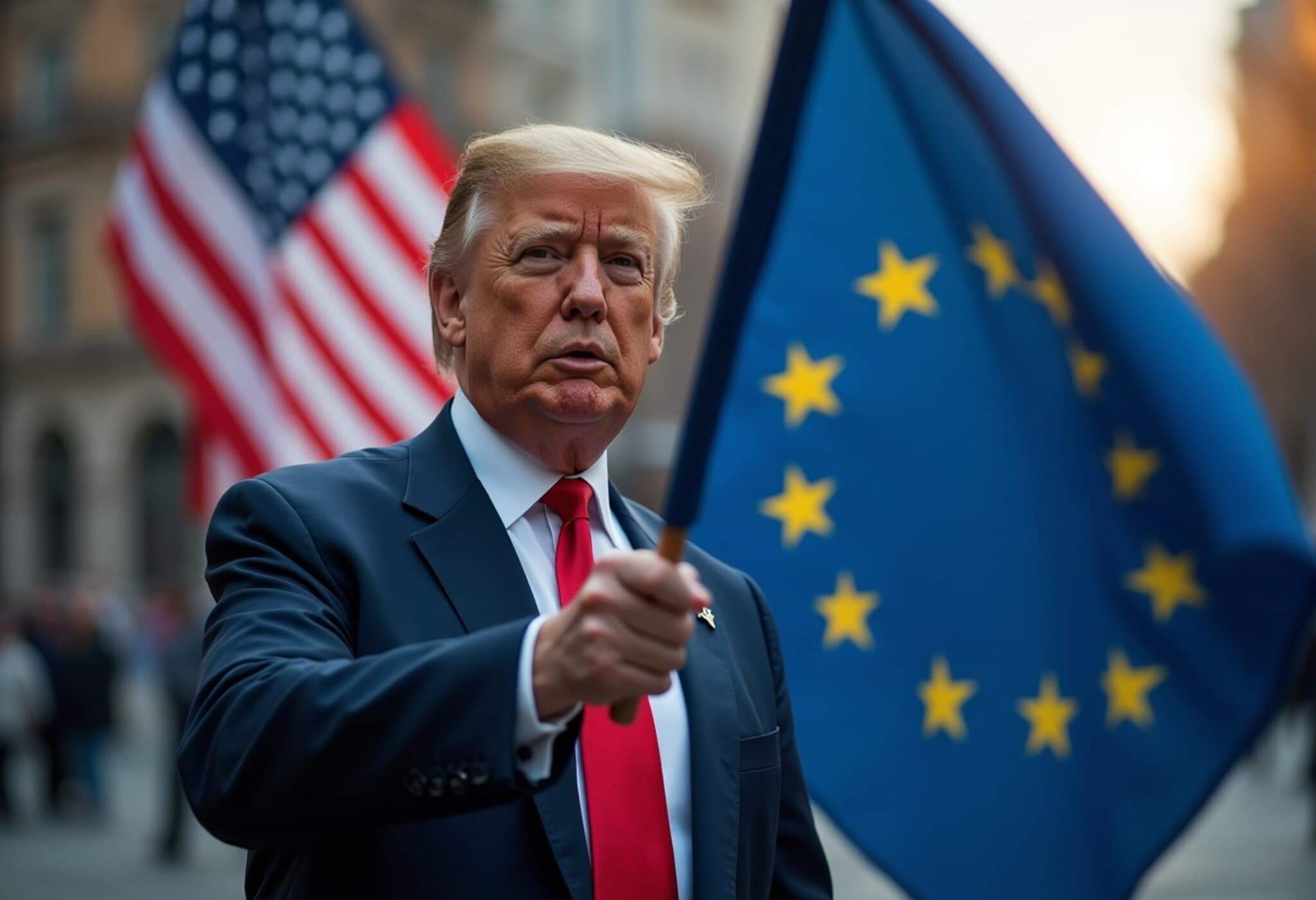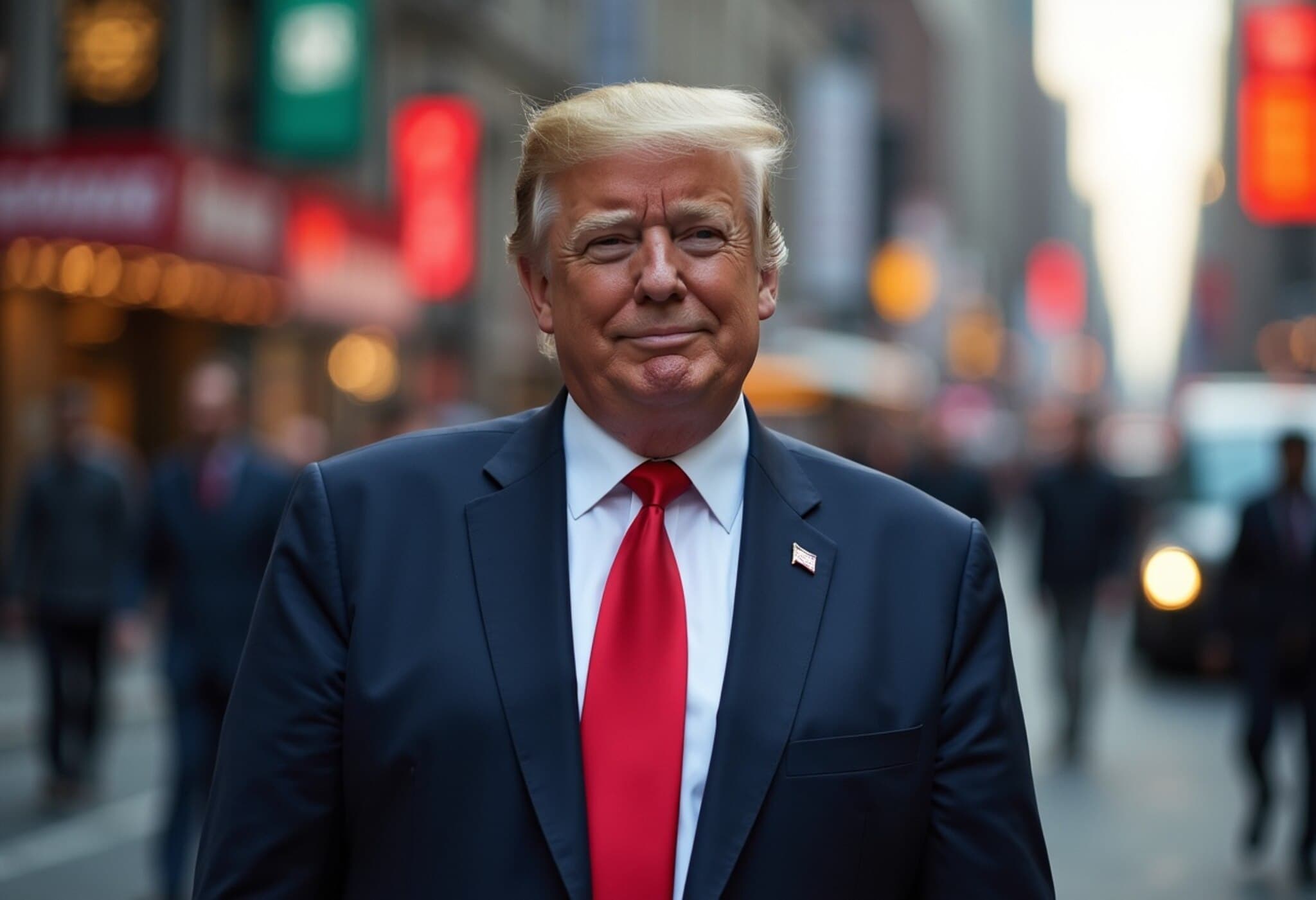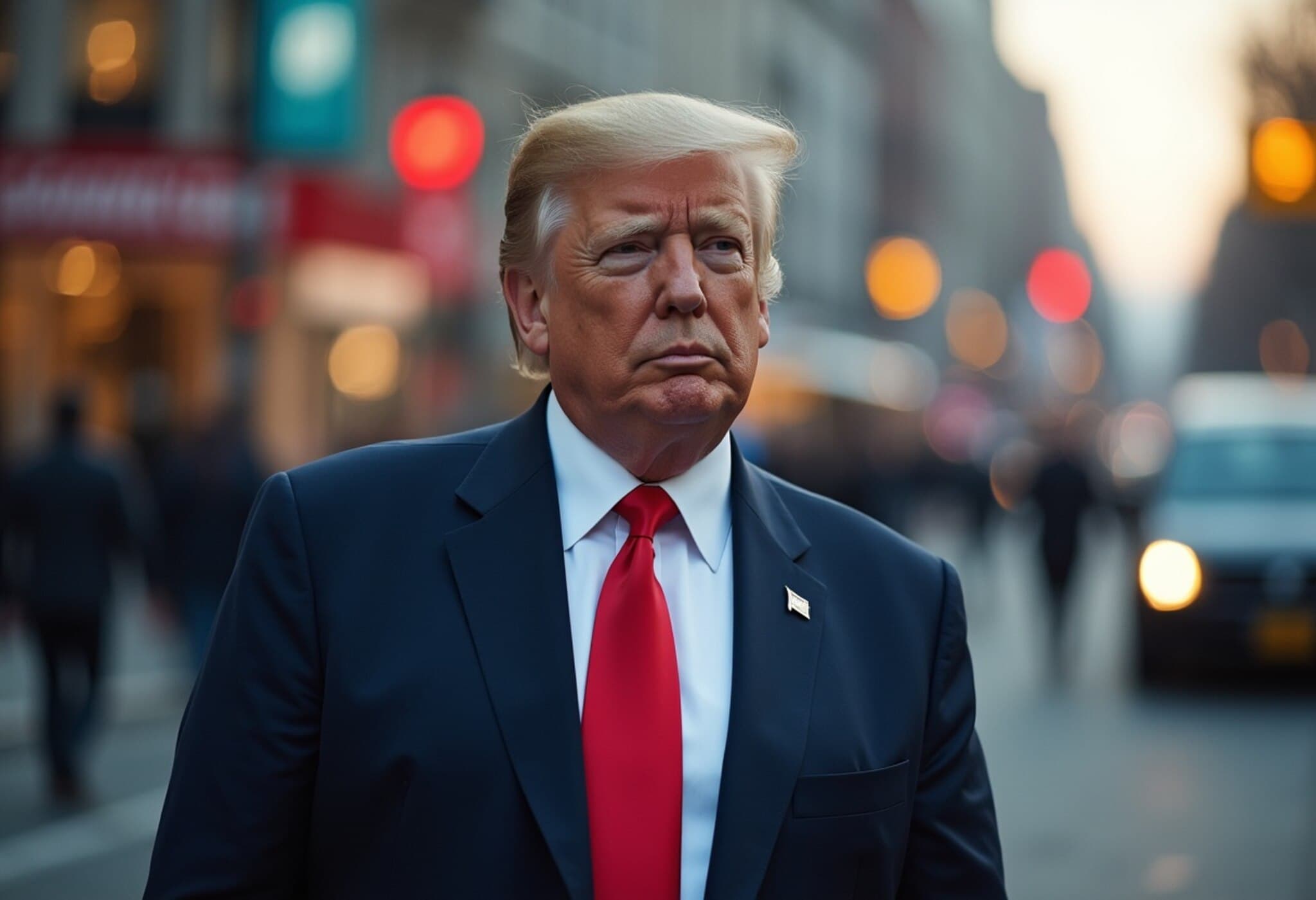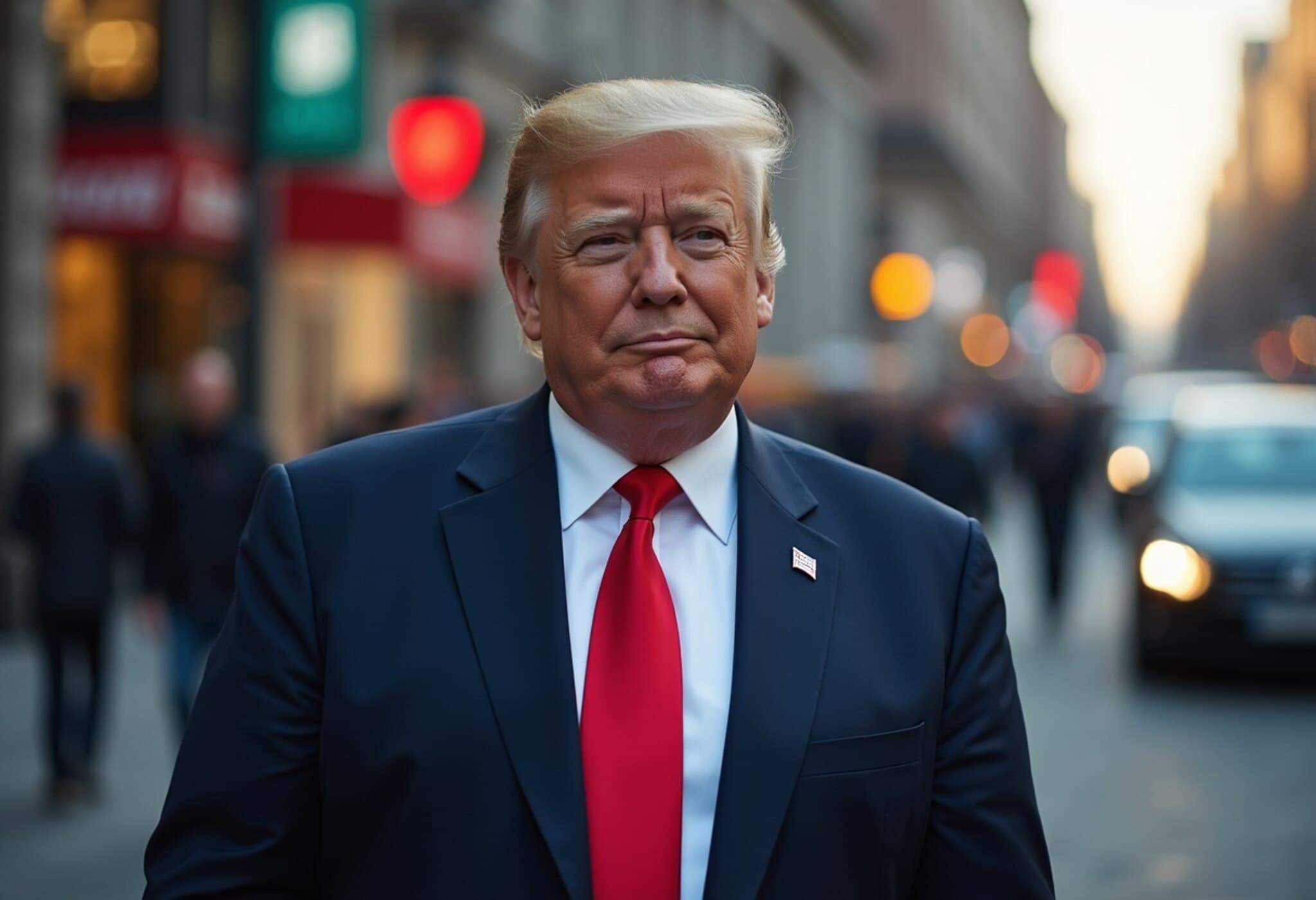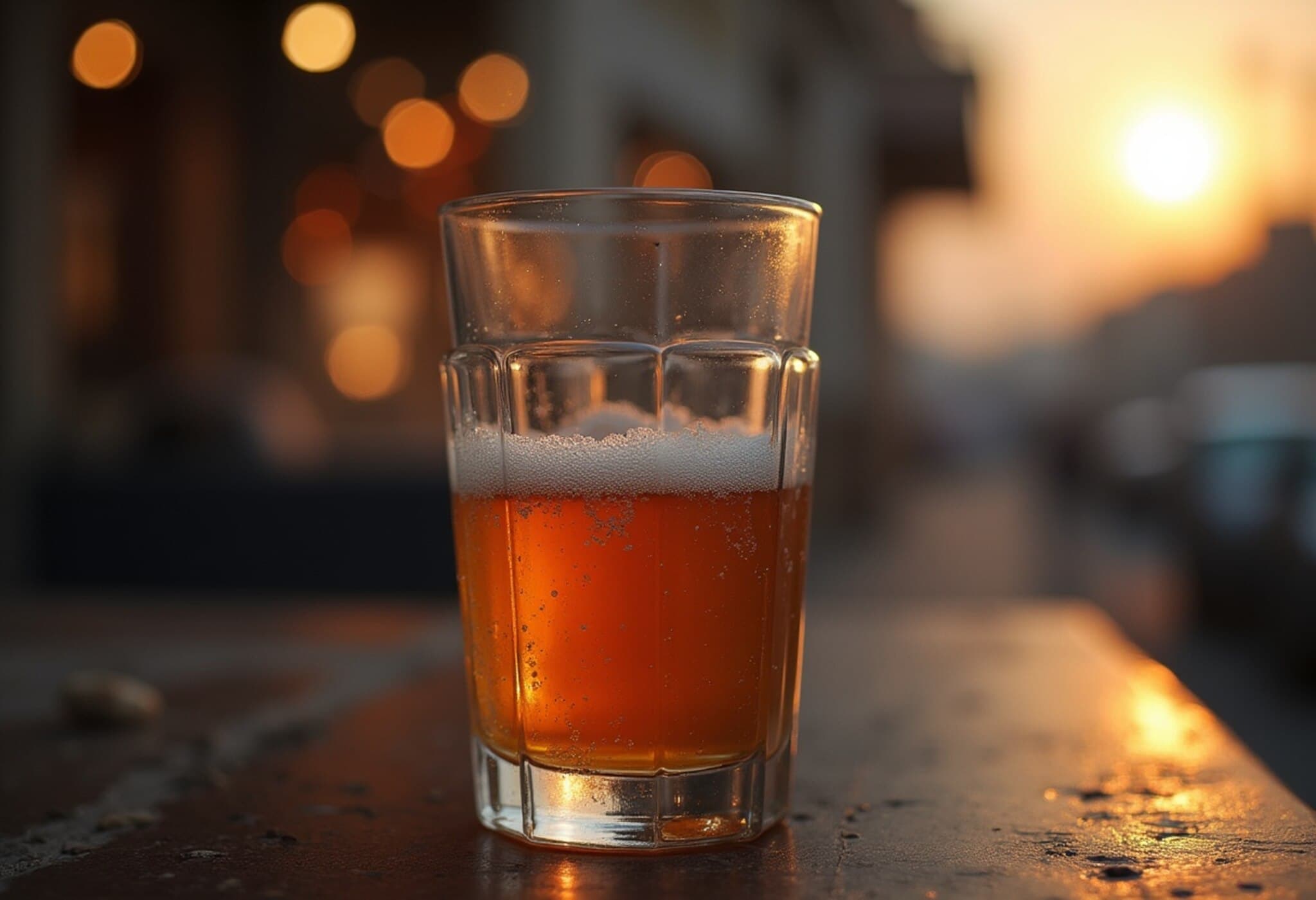Changing Beer Habits Signal Challenges for Brewers Amid Rising Costs
As financial pressures tighten wallets worldwide, the beer industry is feeling the pinch in evolving consumer behavior. Carlsberg’s CEO, Cees ’t Hart Aarup-Andersen, shared insights into how beer drinkers are reshaping their consumption patterns in response to rising prices and economic uncertainty.
Consumers Splitting Between Premium and Economy Brands
Aarup-Andersen underscored a growing divide: beer lovers are increasingly gravitating toward either premium or budget-friendly options, sidelining the core, mid-tier brands that historically anchored the market.
"We do see a continued bifurcation in terms of preferences," he told CNBC. "People look either for the premium brand or the economy brand. So what will get squeezed a little bit in an environment like this is actually the core brands in the middle."
This “bifurcation” reflects a broader trend across consumer goods, where economic strains push households to either invest in quality for special occasions or conserve funds by choosing cheaper staples.
Decline in Volume Growth Amid Economic Headwinds
Carlsberg, ranked as the world's third-largest brewer, reported a decrease in second-quarter volume growth, including after the loss of its San Miguel brand. Nonetheless, demand for its premium and alcohol-free lines showed resilience, highlighting shifting consumer preferences.
These developments mirror the struggles of other industry giants such as Anheuser-Busch InBev (AB InBev) and Heineken, both of which experienced volume declines in their recent quarters. AB InBev’s CEO Michel Doukeris mentioned a “spending pause” globally, which he said caused volume flows to slow despite solid revenue and operating profit gains—an encouraging sign of the category’s underlying strength.
At-Home Drinking on the Rise as On-Trade Suffers
One notable change is the rise in at-home consumption. As pint prices climb in bars and restaurants, many consumers are opting to enjoy their beer from the comfort of home.
"The on-trade — bars and restaurants — are suffering right now," Aarup-Andersen said. "It's the off-trade — supermarkets and retail — that's winning at the expense of on-trade. It's not dramatic but it's been a sliding scale."
This trend not only influences where consumers buy their beer but also impacts breweries’ marketing strategies and distribution investments.
Broader Industry and Economic Context
While beermakers have largely been insulated from some U.S. tariff pressures and the challenges of relocating production, other macroeconomic factors remain.
- Higher aluminum tariffs have increased the cost of packaging.
- Inflation and cost-of-living increases put further strain on discretionary spending.
- Changing attitudes toward alcohol, with a rising interest in alcohol-free options, shape portfolio strategies.
In the U.S., where premium craft beers gained market share for years, the split between premium and economy brands translates into a competitive battleground with significant implications for local brewers and retailers.
Expert Insights: What This Means for the Future of Beer
From an industry analyst’s perspective, this segmentation in consumer preference highlights a crucial strategic pivot. Brands rooted in the middle tier must rethink their value proposition and brand identity to retain relevance. The premium segment can capitalize on consumers seeking quality and experience, especially as ‘occasional indulgence’ spending remains robust despite economic pressure.
Simultaneously, an economic climate favoring budget-conscious decisions presents an opportunity for economy brands to capture volume growth, though margins may be tighter.
Breweries will need to invest more in supply chain efficiencies and innovative packaging solutions to offset cost increases without alienating price-sensitive consumers.
Questions That Deserve Attention
- Will the core beer brands innovate to regain consumer interest amid this divide?
- How will rising at-home drinking shift marketing and distribution in the long term?
- What role will sustainable packaging and local sourcing play in attracting environmentally conscious consumers?
Editor’s Note
Carlsberg’s latest outlook offers a window into a beer industry navigating an economic crossroad. The evolving consumer landscape balances a desire for quality against budget constraints, reshaping how, where, and what people drink. For industry stakeholders, the path forward hinges on understanding these nuanced shifts and responding with agility. For consumers, the changing beer aisle reflects broader financial realities and shifting cultural habits that are likely to persist beyond the immediate economic horizon.

